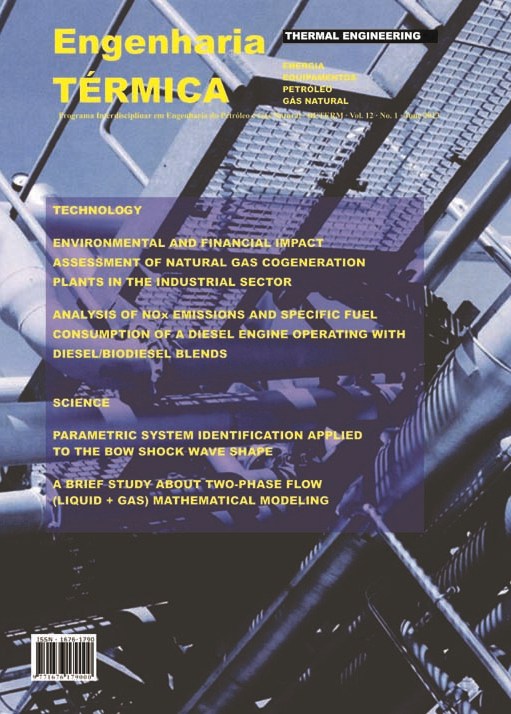BENCHMARKING OF TWO SYSTEMS FOR TRANSMISSION OF MOTION FOR A DOUBLE ACTION STIRLING ENGINE
DOI:
https://doi.org/10.5380/reterm.v12i1.62015Keywords:
theoretical assessment, stirling engines, transmission mechanisms of motion, simulationAbstract
In a four-piston Stirling engine, Siemens configuration, the displacement of the pistons is governed by the motion transmission element, which converts the reciprocating motion of pistons into rotary motion. This study aimed to evaluate the influence of the geometry of the transmission element in the mechanical efficiency of a Stirling engine. Analyses were performed using a mathematical computer simulation that uses the geometric and operating data of the engine to calculate the mechanical power and efficiency through a first order thermodynamic mathematical model, also known as the Schmidt
model. First, an analysis was performed to evaluate the mechanical efficiency of the transmission element with a sinusoidal curve surface. Later, it was implemented in the transmission mechanism a segment based straight plans surface, and then the same analysis was performed with this new transmission element. The results showed that using the transmission element with segment based straight plans the engine showed a significant increase in efficiency. Moreover, one can observe an increase in the vibration of the system, making it necessary to develop an appropriate system for balancing.
Downloads
Published
How to Cite
Issue
Section
License
Direitos Autorais para artigos publicados nesta revista são do autor, com direitos de primeira publicação para a revista. Em virtude da aparecerem nesta revista de acesso público, os artigos são de uso gratuito, com atribuições próprias, em aplicações educacionais e não-comerciais.



